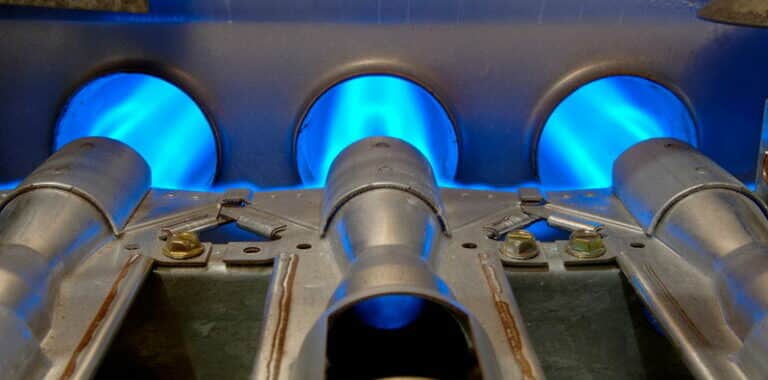GUARANTEED COMFORT & AFFORDABILITY
Whether you need heating, air conditioning, or indoor air quality services, we have an HVAC contractor ready to handle the job.
Working Hours : Monday to Friday (7am - 5pm)

Furnaces are among the oldest methods of providing central heating to homes, going back to when people would connect pipes to their coal and wood-burning stoves to allow heat to naturally rise and move to different rooms. The modern natural gas furnace is a much more intricate and precise device that uses a control board and different components to regulate its operation and keep it running safely.
Since you probably use a natural gas furnace for your heating in Colorado Springs, CO, we’d like to share some knowledge with you about how it runs. We’re going to examine an important part of the furnace, the limit switch, and see how it helps the furnace perform its best and prevent safety concerns.
The limit switch has several roles in a furnace, and its basic job is to properly regulate the operation of the burners and the blower fan in conjunction with the instructions coming from the thermostat. The limit switch is located just below the plenum in the furnace. (The plenum is where air exits the furnace after it has heated up from contact with the heat exchanger.) From this spot, the limit switch can monitor the temperature inside the furnace and the activity of the blower fan.
When the thermostat registers that the home needs heating, it first sends a signal to turn on the burners to start the heating cycle. The combustion gas from the burners enters the heat exchanger, and when the limit switch determines the heat exchanger is hot enough, the switch then signals the blower fan to activate and push air through the furnace, the plenum, and on into the ductwork to the rooms.
Once the thermostat registers that the indoor temperature has reached its set target, it signals the burners to shut off. However, the blowers don’t turn off at the same time. This is something you’ve likely noticed with your furnace. The blower has to continue running to remove the heat that’s still in the heat exchanger. The heat exchanger cools down from the air movement, and the limit switch continues to run the blower while the heat exchanger is 20°F above the house temperature. When the heat exchanger temperature drop lower, the limit switch then shuts off the burner.
The limit switch does an important job of regulating the temperature inside the furnace to avoid overheating, while also properly staggering the furnace’s operation so the burners and blowers don’t turn on and off at the same time, which would make it hard to evenly heat the home and run the furnace efficiently.
The furnace switch can fail, and this will cause your furnace to either run its blower fan continuously or not turn the blower fan on at all. If you notice either of these performance issues with your gas furnace, don’t try to tamper with the limit switch. (In general, don’t attempt to make any repairs to a gas furnace if you aren’t a trained and licensed professional.) Instead, reach out to our expert team. We’ll rapidly diagnose what’s wrong with your furnace and have it repaired safely and effectively.
Contact Peak Home Performance: Guaranteed Comfort and Affordability.
Leave a Reply